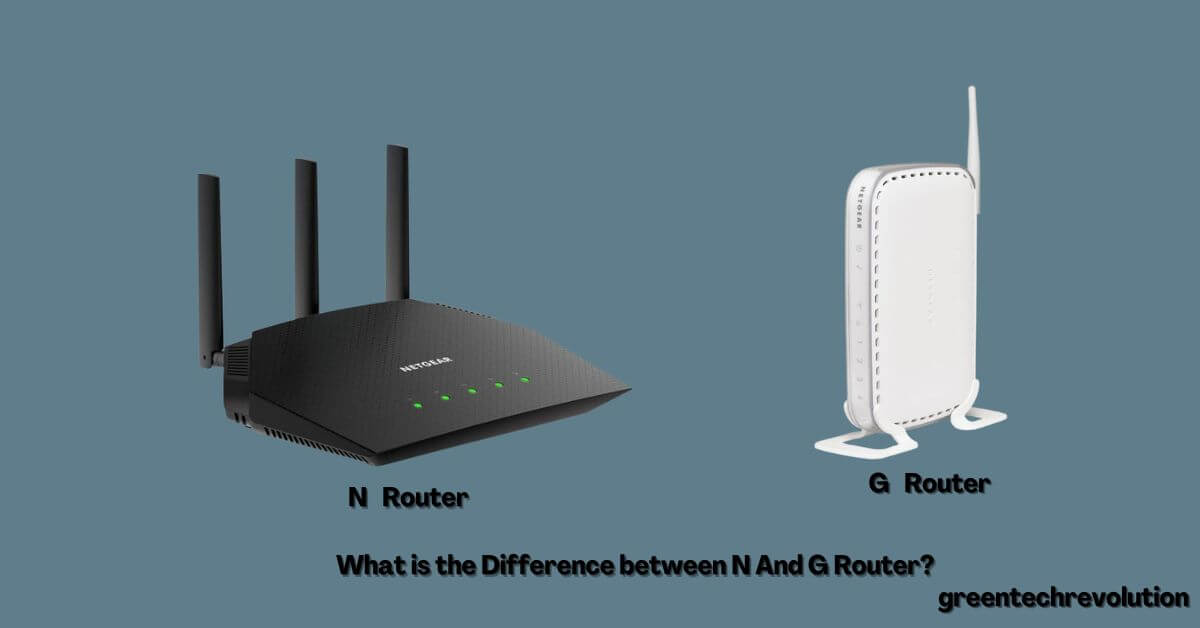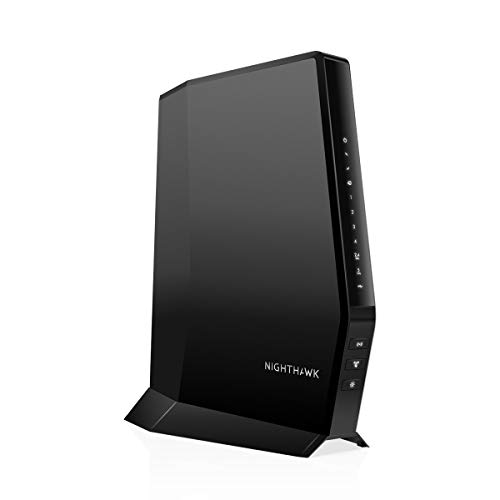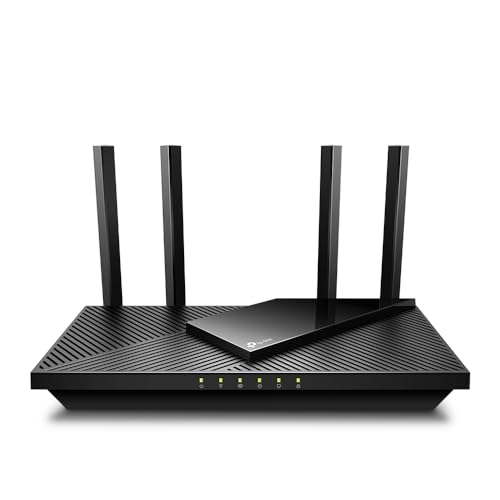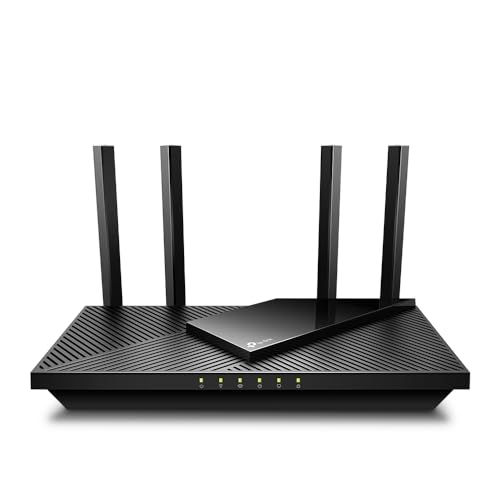What is the Difference between N And G Router? If you are in the market for a new router, you may be wondering what the difference is between an N and G router. Both types of routers are designed to provide a wireless connection to your devices, but there are some key differences that you should be aware of before making a purchase.
The main difference between an N router and a G router is the data transfer speed. An N router can handle up to 300 Mbps, while a G router can only handle up to 54 Mbps.
Is Wireless G Or N Better?
The answer to this question largely depends on what you need from your wireless connection. If you are looking for raw speed, then wireless N is going to be the better option. It can offer speeds up to 300Mbps, whereas wireless G maxes out at 54Mbps.
So, if speed is your main concern, go with wireless N. However, if you need a more reliable connection, then wireless G might be a better choice. It has a shorter range than wireless N but it is less likely to experience interference from things like cordless phones and microwaves.
So, if you need a rock-solid connection that isn’t going to drop every time someone uses the microwave, then go with wireless G. Ultimately, the decision of which is better – wireless G or N – comes down to your individual needs. If speed is most important to you, go with N. But if reliability is key, stick with G.
Is My Router G Or N?
If you’re not sure which 802.11 standard your router uses, there are a few ways to check. The easiest way is to look at the documentation that came with your router. If you don’t have that handy, you can also check the router’s web interface.
Finally, if all else fails, you can check the router’s identification sticker for the model number and then consult the manufacturer’s website or support documentation. 802.11ac is the latest and greatest wireless networking standard, but it’s not terribly common just yet. So chances are good that your router is using either 802.11n or 802.11g if it’s more than a few years old (802.11n was ratified in 2009).
Here’s a brief rundown of each: 802.11g: This was the first popular version of 802.11 and operates in both the 2.4GHz band and 5GHz band (most routers these days use dual-band hardware). It offers theoretical maximum speeds of 54Mbps in the 2.4GHz band and 148Mbps in 5GHz band under ideal conditions–but real-world speeds will be much slower due to interference from other devices on your network as well as walls and other obstructions between your devices and the router itself (this is why 5GHz tends to be faster in practice).
Even so, 54Mbps is plenty fast for most home networking needs such as streaming video or gaming; it’s only when you start getting into multiple HD streams or very high- bandwidth applications like 4K video that you’ll need something faster like 802 . 11 n or ac . 802 .
11 n: This was the next major revision of 802 . 11 after g , offering significant improvements in speed and range over its predecessor while still being compatible with older g equipment .
Are Wireless G Routers Still Good?
Wireless G routers are still a good option for many people. They offer high speeds and are compatible with many devices. The main downside is that they can be more expensive than other types of routers.
What is Wireless N And Wireless G?
Wireless N and wireless G are both types of WiFi standards. Wireless N is the newer standard and offers faster speeds and greater range than wireless G. Both standards use the same 802.11 networking protocol, but wireless N has higher data rates (up to 600 Mbps) and uses a wider frequency band (2.4 GHz or 5 GHz). Wireless G is limited to 54 Mbps and only uses the 2.4 GHz band.
N Router Vs G Router
If you’re in the market for a new router, you may be wondering what the difference is between an N router and a G router. Here’s a quick breakdown of the key differences: N routers are the newer standard and offer better performance than G routers.
They also support more features, such as beamforming and MIMO (multiple input, multiple output). G routers are older and don’t offer the same performance or feature set as N routers. However, they can still be adequate for basic home networking needs.
So, which one should you choose? If you need the best possible performance and want to take advantage of newer features like beamforming and MIMO, then go with an N router. Otherwise, a G router may be sufficient for your needs.
Final Thoughts
If you are in the market for a new router, you may be wondering what the difference is between an N and G router. Here’s a quick rundown of the main differences between these two types of routers: N routers are faster than G routers.
This is because N routers use a newer technology called MIMO (Multiple Input, Multiple Output), which allows them to transmit data more quickly. G routers have a range of about 150 feet, while N routers have a range of about 300 feet. So if you need to cover a large area with your router signal, an N router would be the better choice.
N routers can also handle more devices than G routers. So if you have lots of devices that need to be connected to your network (like computers, smartphones, TVs, etc.), an N router would be able to handle that load better than a G router.




Leave a Reply
You must be logged in to post a comment.